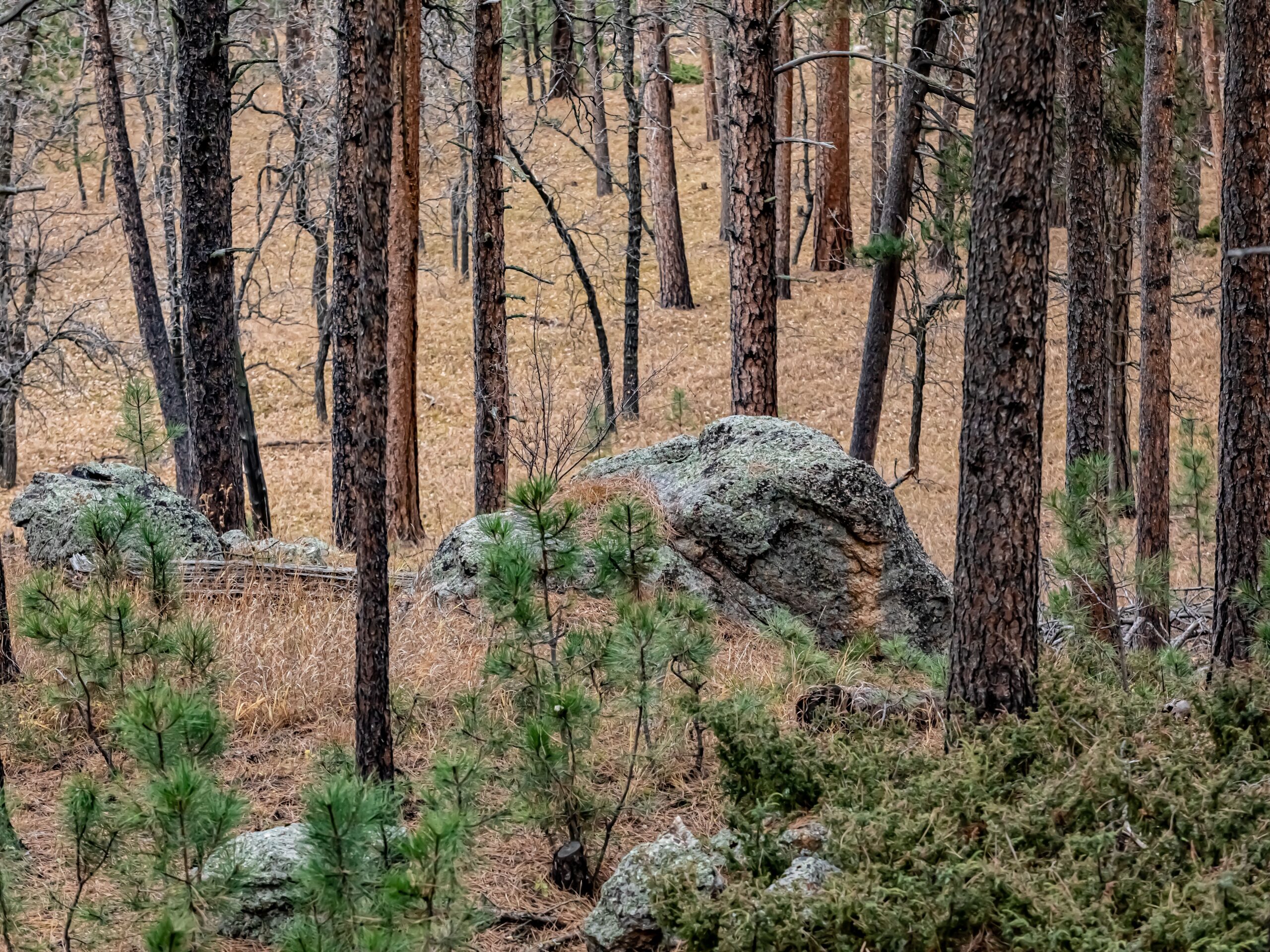That’s the implicit question underlying a lawsuit between Oregon counties and the state, in which a jury recently awarded the counties more than $1 billion in damages from reduced logging on state lands.
In the 30s and 40s, 14 Oregon counties gave 600,000 acres of forest to the state in exchange for a commitment that the state would manage them as a trust, providing revenue for county services. Under the Forest Acquisition Act of 1941, the state must manage these lands to provide the “greatest permanent value of such lands to the state.”
At the time, it was likely assumed that managing for the “greatest permanent value” meant the land would be logged and the timber revenue would be shared with the counties. But, today, the state considers these forests to provide many different sources of value, ranging from timber income, to recreation, to environmental services. To protect this mix of values, it has significantly cut back on logging. However, since these other values are “free,” meaning they don’t generate revenue, the reduction in logging has sapped resources for the counties.
The conflict in Oregon is the mirror-image of a recent conflict in Montana. When a timber stand on the outskirts of Bozeman was put up for auction, locals asked the state to also offer a conservation license as an alternative. When the auction closed, a local conservation group, Save Our Gallatin Front, had outbid the timber company, proving that the land was more valuable for conservation and recreation than for timber harvesting. The fact that Save Our Gallatin Front paid for this value also meant that the state was able to honor its trust commitments to local services.
Unfortunately, opponents of Montana’s conservation license program, including timber interests, lobbied to repeal the option in the wake of this sale. In May, the governor signed a bill doing just that. Now, like Oregon, Montana has a trust obligation to maximize the value of its forests yet arbitrarily ignores revenue that could be raised from conservation and other uses of the land. As Shawn Regan recently explained in Reason, federal and state rules routinely block conservationists from competing on an equal footing with industry for the right to conserve public land rather than use it commercially.
Although Oregon is likely to appeal the $1 billion dollar judgment, that’s not the only path open to it. The state’s view that these forests provide many sources of value could be reconciled with its trust obligations by finding ways to better price these values. Indeed, the Idaho Supreme Court has held that the state’s trust obligation affirmatively requires it to accept bids from conservationists and other public land users when deciding how state trust lands would be used. If, by restricting logging, Oregon really is increasing the value of these forests, pricing competing uses appropriately will mean more revenue for county services, not less, which could significantly offset the judgment.




